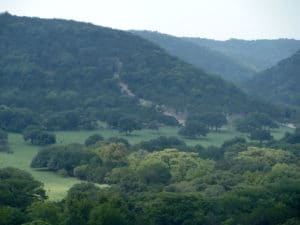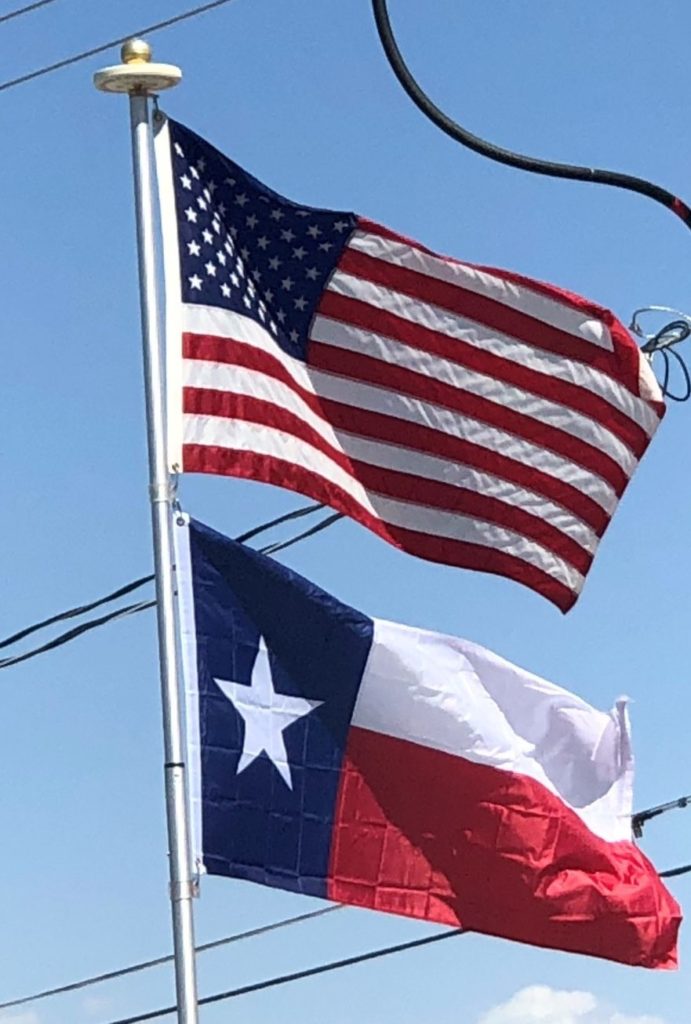Introduction:
Texas is the second largest state in the United States by both area and population. Geographically located in the South Central region of the country, Texas shares borders with the U.S. states of Louisiana to the east, Arkansas to the northeast, Oklahoma to the north, New Mexico to the west, and the Mexican states of Chihuahua, Coahuila, Nuevo León, and Tamaulipas to the southwest, while the Gulf of Mexico is to the southeast.
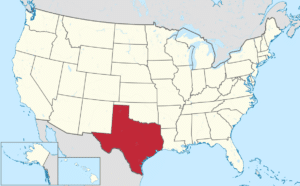
Houston is the most populous city in Texas and the fourth largest in the U.S.

While San Antonio is the second-most populous in the state and seventh largest in the U.S.

Dallas–Fort Worth and Greater Houston are the fourth and fifth largest metropolitan statistical areas in the country, respectively.
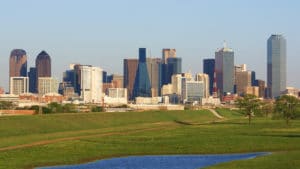
Other major cities include Austin, the second-most populous state capital in the U.S., and El Paso. Texas is nicknamed “The Lone Star State” to signify its former status as an independent republic, and as a reminder of the state’s struggle for independence from Mexico. The “Lone Star” can be found on the Texas state flag and on the Texan state seal.
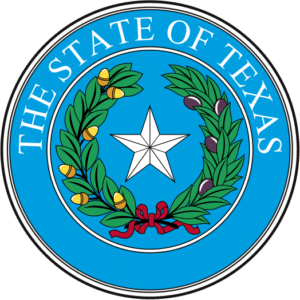
Origin of the Name:
The name Texas, based on the Caddo word taysha (or tayshas) meaning “friends” or “allies”, was applied by the Spanish to the Caddo themselves and to the region of their settlement in East Texas.
During Spanish colonial rule, the area was officially known as the Nuevo Reino de Filipinas: La Provincia de Texas (English: New Kingdom of the Philippines: The Province of Texas).
Geography:
Texas is the second-largest U.S. state, after Alaska, with an area of 268,820 square miles.
Texas is in the south central part of the United States of America. Three of its borders are defined by rivers. The Rio Grande forms a natural border with the Mexican states of Chihuahua, Coahuila, Nuevo León, and Tamaulipas to the south. The Red River forms a natural border with Oklahoma and Arkansas to the north. The Sabine River forms a natural border with Louisiana to the east. The Texas Panhandle has an eastern border with Oklahoma at 100° W, a northern border with Oklahoma at 36°30′ N and a western border with New Mexico at 103° W. El Paso lies on the state’s western tip at 32° N and the Rio Grande.
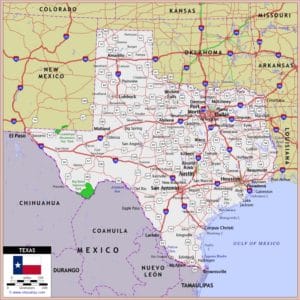
One classification system divides Texas, in order from southeast to west, into the following: Gulf Coastal Plains, Interior Lowlands, Great Plains, and Basin and Range Province.
The Gulf Coastal Plains region wraps around the Gulf of Mexico on the southeast section of the state. Vegetation in this region consists of thick piney woods. The Interior Lowlands region consists of gently rolling to hilly forested land and is part of a larger pine-hardwood forest.
